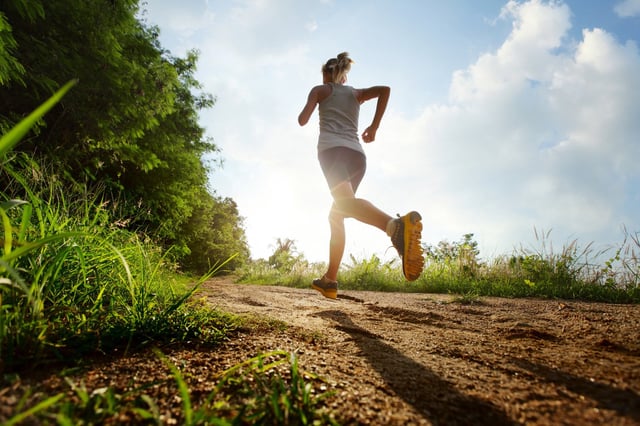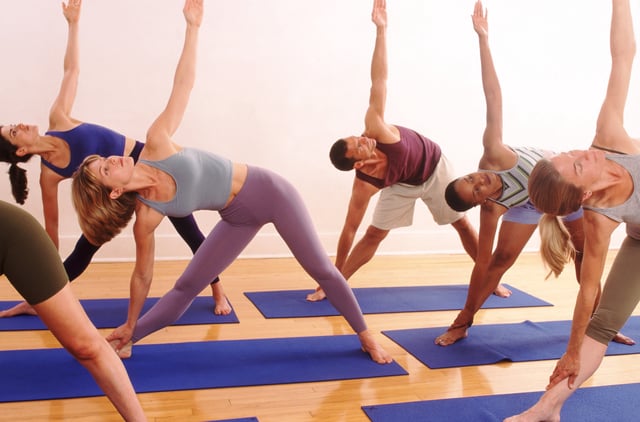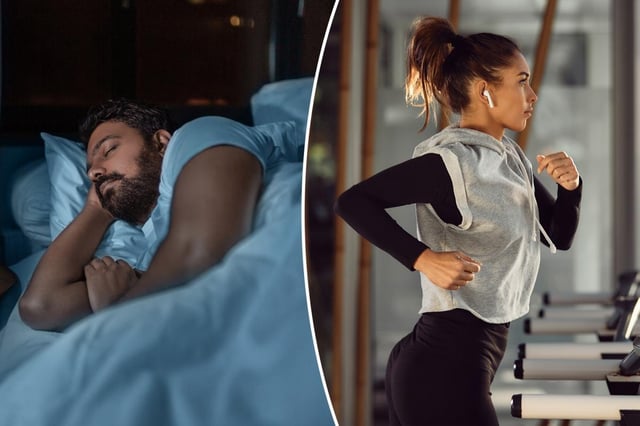Overview
- Monash University scientists examined roughly six million nights of sleep from 20,000 WHOOP users over one year and confirmed patterns in 6,000 Fitbit wearers to assess sleep timing effects.
- Participants who went to bed around 9 p.m. averaged about 30 extra minutes of moderate-to-vigorous activity compared with those sleeping at 1 a.m.
- Analysis held total sleep duration constant, identifying bedtime timing—not hours slept—as the primary driver of next-day exercise.
- The mismatch between standard 9-to-5 schedules and evening types’ natural rhythms, known as social jetlag, may reduce motivation and opportunity for physical activity.
- Authors recommend that public health campaigns integrate guidance on earlier bedtimes with exercise promotion to encourage more active lifestyles.


